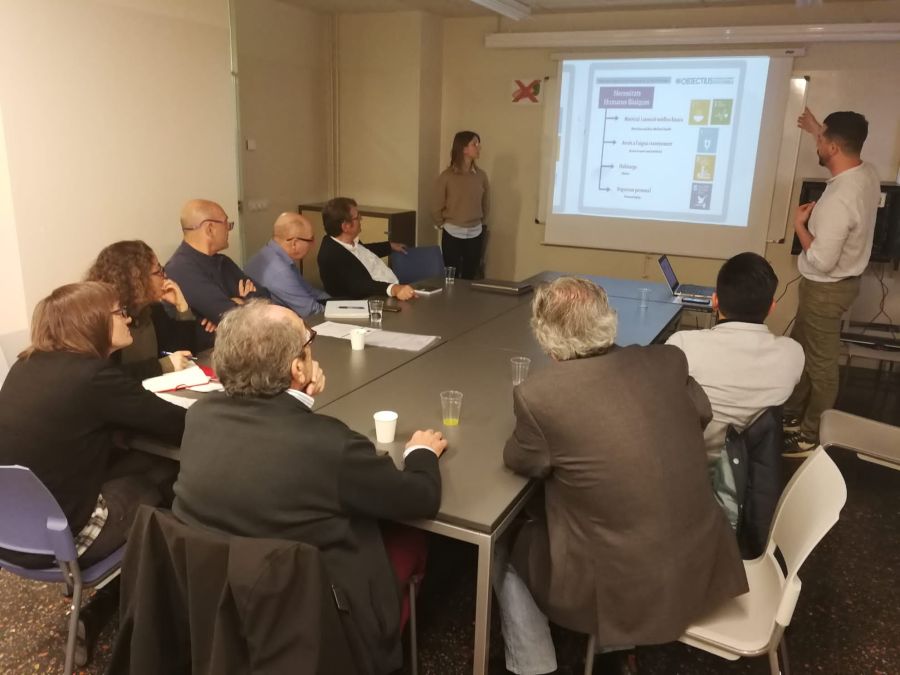The Fundació Catalunya Europa has organized, together with the Chair of Geography and Territorial Thought at the University of Girona and the Diputació de Girona, a conference on social progress in cross-border spaces.
The FCE presented the results of the Social Progress Index in the counties of Girona and the result of the cross-border report, which follows a report published in 2018 about the results of social progress in Girona.
Helena Robert, report author, Marc Tataret, FCE researcher, and Francesc Colomé, peer reviewer, presented the results of a paper to be published over the coming weeks. The presentation is available here.
As previously mentioned, a two-speed Girona can now be called. For example, the schooling rate at the age of 17 in the province of Girona is the lowest in Catalonia (76.4%, while the average in Catalonia is 82.7%). But if the image is enlarged at the regional level, the differences widen. Thus, Ripollès and Pla de l'Estany have 89.3% and 88.8% schooling rates at the age of 17, respectively, while at the other extreme, Alt Empordà has 71.4% attend school at the age of 17.
The dividing line between the two "Girones" is marked by its proximity to the coast. Thus, Alt Empordà, Baix Empordà Gironès and La Selva are regions with a lower schooling rate, a greater number of second homes, a significant weight of the tourism sector in the economy and a high population density. On the other hand, La Garrotxa, Cerdanya, Pla de l'Estany and El Ripollès are counties with an above-average schooling rate and a lower population density.
If you compare the province of Girona with the French department of the Pyrenees Orientales, there are certain parallels, for example, with a strong population growth that exceeds the national average. In addition, both regions are the focus of migration reception. They also share a high number of second homes, a significant concentration of tourist centers and a productive structure based on tourism and the service sector.
During the conference, Quim Brugué and Elena Soler presented the Campus of Cohesion and Social Commitment of the UdG, a relational platform that aims to facilitate the relationship between companies and institutions in the field of social cohesion and the University of Girona .
Imma Quintana, coordinator of the Prospectsaso project of the Alt Empordà County Council, presented this project on a cross-border health and social perspective. Finally, the Secretary General of Working Commissions in Girona presented a project on the diversity of transboundary spaces in Europe in the workplace.








